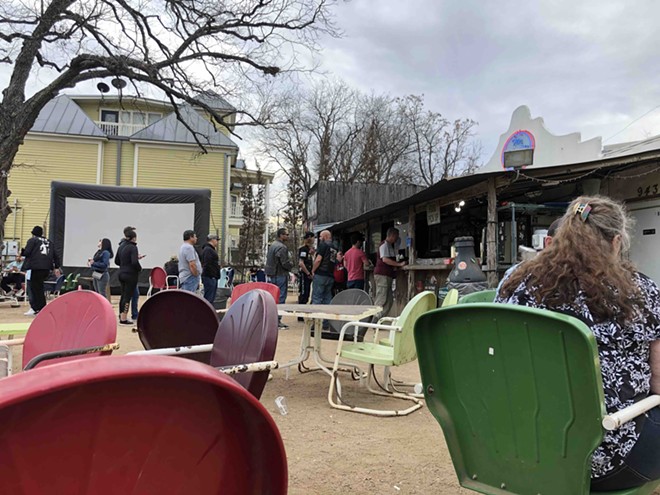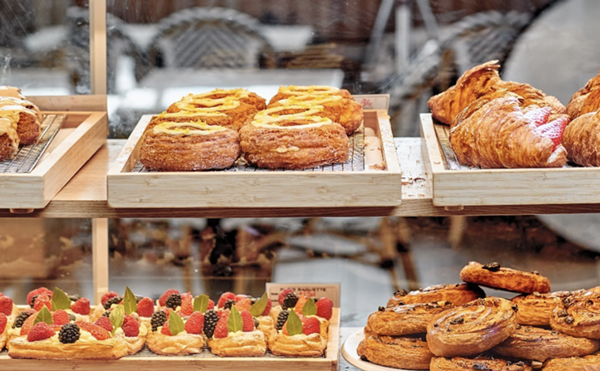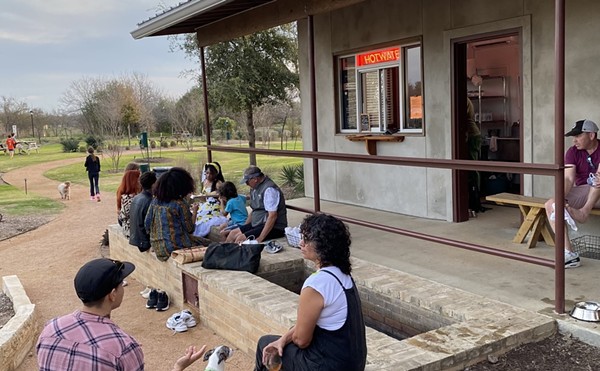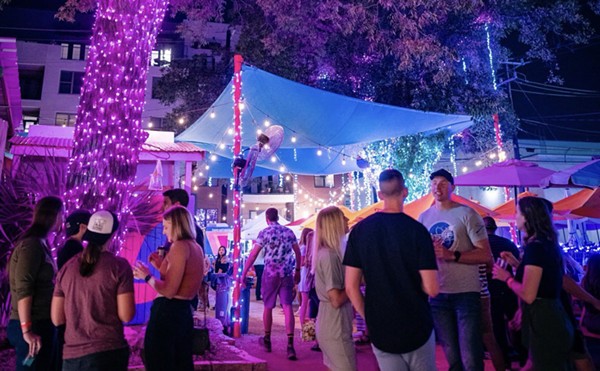
Before refrigeration, the neighborhood businesses stored and distributed massive blocks of the cold commodity, supplying nearby families so they could prolong the life of the meat and produce in their iceboxes.
As modern refrigeration made its way to South Texas in the ’30s, the joints’ connection to frozen blocks of ice became more figurative. They became gathering places for folks from all walks of life — places to stop and chat while grabbing a beer, a loaf of bread or a pack of smokes on their way home from work.
While icehouse culture has been a longtime part of San Antonio, the city’s experienced an upswing in far fancier places to drink. What’s more, its breakneck growth has also drawn plenty of professionals with enough money to seek out those more refined meeting spaces.
Are the Alamo City’s icehouses on their way out as community gathering spots? Local owners think the culture is still alive and that their businesses have more than a fighting chance.
“Some of the most very basic things that make us feel like we belong in this world come from the idea of an inclusive space, from the story of the icehouse,” said Jody Newman, owner of The Friendly Spot Ice House, a Southtown fixture. “The icehouse played a huge role in gathering, entertainment and people being able to get information about what was happening locally. At the heart of the icehouse is the idea that people want and need comfortable places to gather.”
The Friendly Spot is one of roughly 30 venues involved in the inaugural San Antonio Icehouse Week, which runs Feb. 25 to March 6. Participating spots are offering drink specials and donating a portion of proceeds to LiftFund, a San Antonio nonprofit that aids small businesses.
For the sake of transparency, it’s worth noting that the the Current is a sponsor of the event.
Newman said it’s important to her that just about anyone can feel comfortable in her business. The primarily outdoor environment lends itself to casual clothing, and the easygoing food and drink offerings require little fuss. The result is that patrons can mingle in a low-key atmosphere and enjoy each other’s company.
That goal appears to span most of San Antonio’s authentic icehouses. They’re places where patrons can belly up and enjoy the company of people from all walks of life.
Changing neighborhoods
“The first time I ever went to La Tuna, 25 years ago, I thought it was the coolest thing,” Dakota East Side Ice House owner Kent Oliver said of one of his formative experiences with the phenomenon. “There were lawyers, bikers, all these random-ass people, just hanging out in one place. I grew up in a dry county near Lubbock. I’d never seen anything like an icehouse before.”
Oliver has owned and operated The Dakota, located minutes from the Alamodome, since 2018. A former director of operations at Rio San Antonio Cruises, the entrepreneur opened the spot in a 2,000-square-foot former icehouse in hopes of replicating the feel of an old-school neighborhood fixture.
“In the last two decades or so, there’s been a resurgence of people who appreciate what icehouses are about, and what they have to offer,” Oliver said. “A close place to home, where they can go and hang out, be with friends, meet their neighbors. ... I think some of the newer neighborhoods and subdivisions just don’t have an outlet that’s personal and embedded in the neighborhood, so it’s so important for us to preserve that culture.”
To his point, the sprawl shows no sign of slowing down. The counties making up the Austin-San Antonio corridor have seen the state’s highest population growth, averaging 48.8% over the past decade, according to Kuper Sotheby’s International Realty.
Some worry that unprecedented expansion of San Antonio will fuel the gentrification already going on in its near-downtown neighborhoods.
“It is definitely a scary thing: the idea that these historic establishments could be knocked down to make room for more condos or a parking structure,” said a local real estate agent, who asked not to be named for fear of losing clients. “I was born and raised here, and it can be difficult to walk through a historic home and hear the potential new owners talk about knocking it down and selling the land.”
The agent said she and her colleagues often talk about young buyers who are interested in purchasing homes with “old, good bones,” looking to remodel and modernize structures built as early as 1900. Those buyers often miss the point of moving into an older neighborhood, she added, which involves exploring the culture it exudes.
“[The buyers] don’t understand that there’s not an H-E-B or Target right around the corner,” she said. “Exploring the area and taking advantage of the smaller neighborhood tiendas that really strive to cater to their neighbors, their immediate community, is so important. But that kind of insider information takes time to gather. And I’ve seen that [San Antonio] transplants just don’t get that.”
‘Doing our part’
As modern technology rendered icehouses’ main function obsolete, their owners looked to diversify — and not all in the same way. Not only did they begin to offer ice cold beer, but many started to offer kitchen staples such as milk and bread. These days, some like The Dakota and The Friendly Spot have expanded to add a kitchen and lunch and dinner service to the list of offerings.
Oliver’s Dakota East Side Ice House will soon launch a new to-go food extension from a building it’s renovating on the same east-of-downtown property where it operates. That structure housed the blocks of ice when it was built in 1926.
“That building hadn’t been used since the mid-’90s, so when we decided to reopen it as this kitchen extension, it was really rough,” Oliver said. “But we feel it’s important to keep the tradition of a neighborhood gathering spot alive, so we’re trying to do our part.”
The Friendly Spot’s Newman sees herself playing a similar role as the city evolves. She hopes more residents will gain exposure to historic, often locally owned establishments and help keep the tradition alive.
“There are so many authentic icehouses in San Antonio … my hope is that people get it in their minds to support and, essentially, save some of these beautiful, hyperlocal, historic locations,” she said. “Then maybe they won’t get torn down and become Chipotles.”
So many restaurants, so little time. Find out the latest San Antonio dining news with our Flavor Friday Newsletter.


















